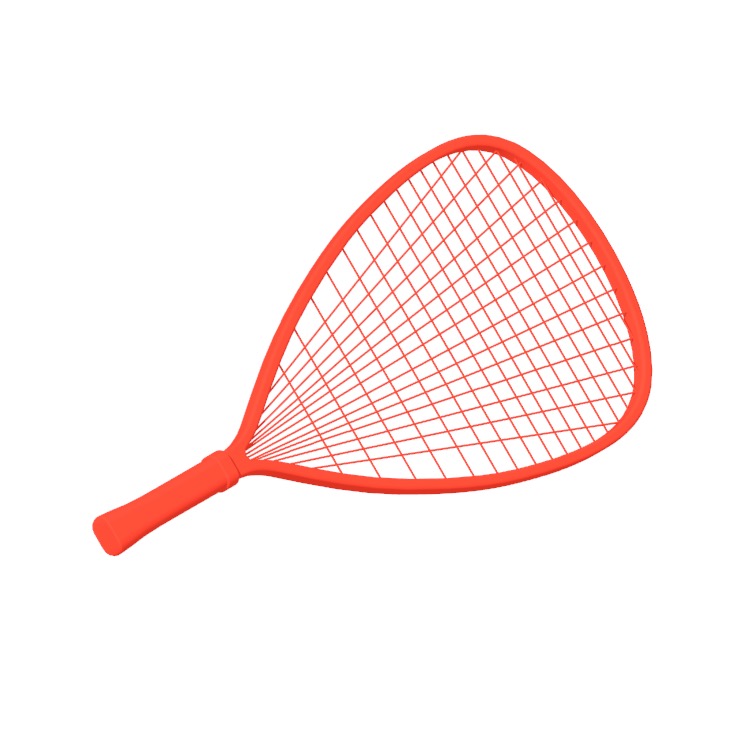Sports rackets are tools used in racket sports such as tennis, badminton, squash, and table tennis. Each sport has a racket designed specifically for its unique requirements. Tennis rackets typically have a larger head and are heavier, providing power for longer court coverage. Badminton rackets are lighter and have a smaller head, suited for quick, precise movements. Squash rackets are similar to tennis rackets but are smaller and more robust to handle the high-speed ball. Table tennis paddles are smaller, with a solid surface to allow for a variety of spins.
Rackets consist of a handle, a frame, and a network of strings. They are found in sports equipment stores, online retailers, and at sports clubs and facilities. These rackets are crucial for the gameplay, technique, and skill development in their respective sports.
Sports rackets began as simple wooden frames with gut strings, mainly used in early versions of tennis and badminton. As these sports evolved, so did the rackets. They were initially heavy and cumbersome, limiting the speed and style of play. Over time, manufacturers experimented with different materials and designs.
In the mid-20th century, metal frames like steel and aluminum became popular, offering more durability and power. This was followed by the introduction of lightweight materials like graphite and carbon fiber, which revolutionized racket design. These advancements allowed for larger racket heads, improved strength, and greater control, significantly enhancing player performance and changing the nature of racket sports.
The evolution of sports rackets is likely to focus on even more advanced materials and customization. With new technologies, rackets could be tailored to individual playing styles and physical characteristics, like grip size and string tension preferences. We might see the integration of smart technology, with sensors embedded in the racket to provide feedback on performance, such as swing speed or ball impact point. These innovations will help players refine their technique more effectively.
Additionally, there's a growing interest in eco-friendly materials, so future rackets may also emphasize sustainability. This combination of personalization, technological integration, and environmental consciousness will redefine the role and capabilities of sports rackets, enhancing player experience and performance.
To maintain your sports racket, regularly check and replace worn strings. Store it in a temperature-controlled environment, as extreme temperatures can warp the frame. Use a damp cloth to clean the grip and frame, avoiding harsh chemicals. Protect the racket with a case when not in use. Finally, regularly inspect for damage like cracks or loose strings, addressing issues promptly.
Various sports require specific grip techniques for optimal performance. In tennis, players use Eastern, Western, or Continental grips for different shots. Golfers choose between overlapping, interlocking, or baseball grips for club control. Baseball and softball players adapt bat grips based on knuckles, fingers, or palm positioning. Table tennis players employ Shakehand or Penhold grip styles. Cricket players use different bat grips for control and power. Hockey players' grips vary by position, whether field or ice hockey, affecting their handling and maneuvering of the equipment.
The right tension for a racket's strings depends on the player's style, preferences, and the specific sport. Generally, higher tension provides more control and precision, while lower tension offers more power and spin. Players should consider their skill level, playing style, and comfort when choosing string tension. Experimentation and feedback from a coach or experienced players can help find the optimal tension for individual performance.



















